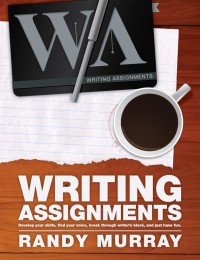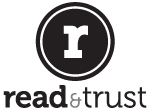My oldest daughter, Kathleen, is a Jazz bass musician and a very good one. She knew what she wanted to do from the age of 14. And she knew where she wanted to go to college and who she wanted to study with. Everyone agreed, all of her teachers and her mentors, everyone.”Go to Michigan State University and study with Rodney Whitaker.” It was easy for her and easy on me, too. There are very few people who know what they want at such an early age. I certainly didn’t.
But her sister, Jennifer, is another matter all together. She’s graduating high school in a few weeks and between now and the first of May she has to decide on which college she’ll attend. She’s a painter and has been accepted by five of the best art schools in the country. And it’s a very difficult choice for her.
Big choices are often difficult to make. Sometimes they’re choices between unpleasant things. Jennifer has great options, so that’s not the problem. But it’s difficult for her to choose all the same.
We’ve made the pro/con lists. We’ve considered all of the financial options. We’ve visited the campuses. We’ve talked to people who know the programs. And the choice remains. She has to choose. I can’t choose for her. She knows that she has to choose and to live with that choice.
You can talk about “decision criteria” but making difficult decisions are not always about facts and figures. There’s often a strong emotional component as well. And this gets back to my other daughter: you have to know what you want. That’s a very difficult thing. It requires honesty that many of us can’t manage.
Choice means possibility. “What if . . .” are the two most troubling words for anyone facing a decision. The real problem is choice is often not “what if I choose wrong,” but “will I regret my choice?”
It’s why we feel relief when we make a decision, even when the options we were presented with were potentially bad ones. Criminals often feel relief then they accept a plea agreement. Why? Because doubt has been removed. Choosing is hard, but once the choice has been made, the path become clear.
So make your lists, collect your facts, but first ask yourself: what do I want? That’s how you’ll decide. That’s how you’ll know. Make the choice that gets you closer to what you want. Or the choice that takes you the least distance away from what you want. But you have to know what you really want or you won’t be able to choose or to choose well.
So choose. And them move on.
Postscript: Since I initially wrote this Jen has made her choice: she’s decided to attend the Rhode Island School of Design (RISD). It’s the #1 rated art and design school in the US. We’re all very excited about this and we expect great things from her in the coming years.



{ 1 comment… read it below or add one }
The big choices in life are, indeed, not easy to make. At least most of them are not. I think “So choose. And then move on” is the best way to deal with these things, specially if you have spent some time thinking about the different choices and weighing the pros and cons.
As much as we would like to make the perfect decision, it will just never exist. For the most part we are at least able to choose between many different “good”, whereas many people don’t even have the luxury of being able to choose anything “good” at all, just less “bad”. Almost regardless of what we do choose, it will turn out to be the perfect choice when we look back at it at a later date.
While I spent many years thinking about what I would like to do with my life, I still wouldn’t change those years if I had the choice. I have made friends and gained experiences over the course of time and those are what make me what I am today. So even without my compass solidly aiming at a cingular point, it has made me grow as a person.